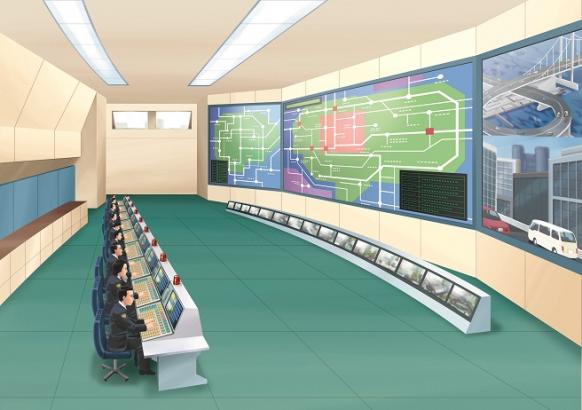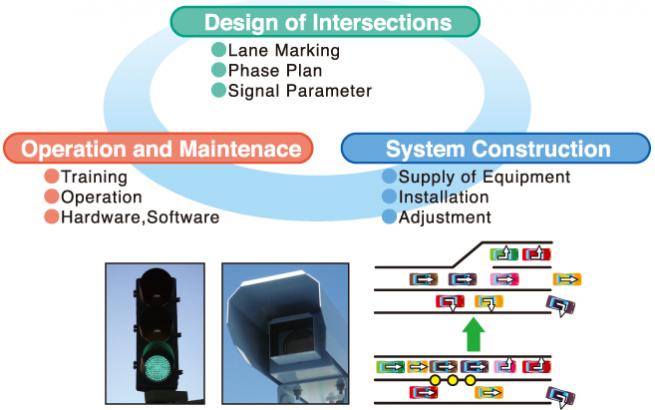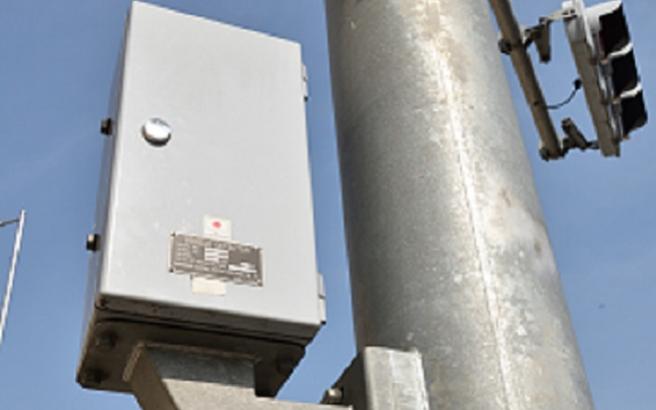
How connected vehicles are paving the way for a motorized society
Emergence of connectivity and benefits of a connected vehicle
As the world is starting to shift towards a more innovative and eco-friendly direction, we are becoming more and more connected with the devices around us. Whether that’s our smartphones or home appliances, or in medical or manufacturing fields, innovative technologies such as 5G and IoT will enable instantaneous connectivity to billions of devices. With the emergence of smart cities, a huge network of sensors connected to the Internet will be able to communicate with each other to construct a data map of the urban environment and enable drivers to move around city centers more efficiently and minimize the burden on the environment. The same shift can also be seen in the automotive industry, which is currently undergoing a massive digital transformation. The concept of a “connected vehicle” has been around since the mid-1990s, with vehicle-centric IoT services such as remote-controlled heaters and digital door locks.
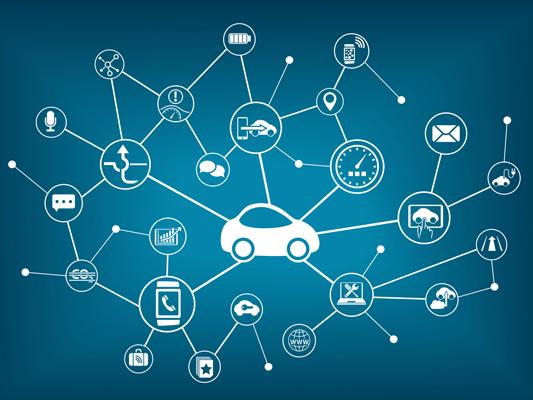
So what exactly is a connected vehicle? A connected vehicle is a vehicle that is equipped with ICT (information and communication technology) functions, which refers to a diverse set of technological tools and resources used to send, store, generate, share or exchange information. These technological tools include computers, the Internet, radio, television and audio and storage devices, etc. This technology enables the vehicle to access and send data, communicate with other IoT devices and provide Wi-Fi for onboard passengers. Today, vehicles are connected to a wide range of services, including roadside assistance, traffic, safety and collision warnings, automobile diagnostics, advanced navigation and health monitoring.
By collecting data from connected vehicles, areas prone to traffic congestion can be identified and real-time solutions can be implemented. Vehicles connected to the IoT will have the capability to provide information about location, speed and direction to help analyze traffic flows and manage congestion during traffic jams. Drivers can also be warned about traffic congestions and recommended alternative routes in advance.
Connected vehicles will also have an impact on driver and passenger safety. Sensors equipped onto a vehicle can be tracked to check for hazardous road and weather conditions to alert the driver. By tracking the speed and proximity with other vehicles, connected vehicles can help prevent collisions, and in-vehicle cameras can be used to monitor the state of the drivers and warn them when they suffer from fatigue. The “emergency call system”, which has already been mandated in Europe, is a system that automatically calls the nearest police station or fire department in the case of an accident. The connected vehicle can automatically send information such as the current location and status via wireless communication to enable faster response times, which will result in more saved lives
Challenges faced by the spread of connected vehicles
Although connected vehicles offer a wide range of benefits, they also face several challenges. One of the biggest risks is security breaches, which can result in leaked personal data and threats to the vehicle’s security and safety features. With the emergence of connected vehicles and increased reliance on applications, connectivity and electronic functions, these risks are predicted to increase in the future. Also, in a motorized society with connected vehicles, the infrastructure that communicates, analyzes, and controls data will become even more important than before. If these areas are neglected, there is risk of paralyzing transportation systems.
With the rapid increase of the number of sensors installed inside connected vehicles, there is a potential for hackers to steal personal information such as location data, financial information and tracking information from the vehicle’s systems. Another key risk is vehicle theft. As traditional physical car keys are replaced with digital keys, securely managing them can become more difficult if they are not handled properly. The most common method of attack is called a “near field attack”, in which hackers can physically break into a vehicle via OBD II, Bluetooth or Wi-Fi. In most cases, near field attacks target a single vehicle, so the damage is limited. A more serious method of attack is the remote attack via the Internet from a distant location. By attacking the automotive cloud, hackers can remotely access services and simultaneously attack multiple vehicles. Although these risks must be addressed to ensure the safety of drivers, the benefits of a connected vehicle far outweigh the risks, and companies will surely focus on eliminating these risks as their technologies continue to improve.
Connected vehicle technologies cultivated by Sumitomo Electric
Sumitomo Electric possesses many seeds related to the inside and outside of vehicles and social infrastructure. By merging these together, they are working on developing new technologies and product services that will connect vehicle-to-vehicle/infrastructure -to-vehicle communication and high speed in-vehicle networks, including security measures for the future where automated driving, driver assistance and connected vehicles using advanced information systems will be widespread. They are also working on the development of parts and materials for higher frequency wireless communication. Since the 1960s, Sumitomo Electric has worked together with the public and private sectors to introduce a traffic control system. The systems have been employed in many facilities including the traffic control center of Tokyo Metropolitan Police Department, which is one of the largest center in the world and can manage thousands of traffic lights at intersections by remote controlling. They have been contributing to create safer and smoother traffic conditions.

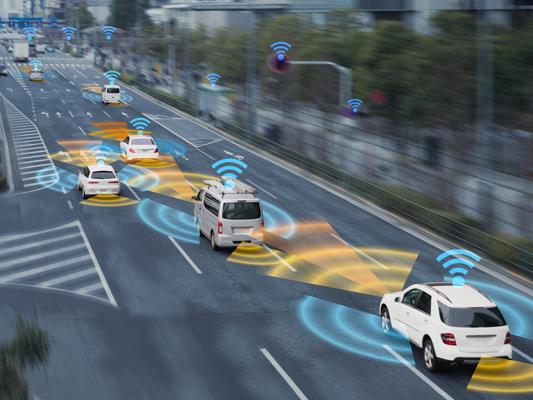
Today, Sumitomo Electric provides traffic information technologies such as future forecasts of traffic conditions using not only sensors installed on roadsides to detect how much traffic but also locational information from connected vehicles. Based on those information, AI is used to predict traffic congestion. They also have driving safety support technologies to provide information around an intersection such as oncoming vehicles and pedestrians that are difficult for drivers to see, when traffic lights will change, and other traffic information is provided to drivers to further improve driver safety.
Sumitomo Electric is developing various cyberattack countermeasures for network-connected equipment in the automotive field. Automotive cybersecurity is required in conjunction with the emergence of automated driving and connected vehicles. In-vehicle ECUs (electronic control units) will conduct external communication to detect intrusions, cyberattacks and malicious messages. They are conducting research and development with a focus on detecting unknown cyberattacks for automotive networks equipped with features such as machine learning as well as the application of the latest cryptographic technology to in-vehicle equipment and communications. In the future, in addition to simply providing information regarding surrounding vehicles and roads to the drivers, their mission is to link the automated driving technologies. The individual technologies to implement this concept have already been established, but the issues of information (ex; traffic signal information) accuracy, reliability, availability and security as wells as consensus building on the roles and responsibilities of infrastructures and vehicles remain as key challenges.
The connected vehicle is a concept that combines technologies from various fields, which is one of Sumitomo Electric’s areas of strength. They have developed various technologies related to connected vehicles, including the aforementioned traffic control system, and in-vehicle sensors, automotive parts and communication technologies such as 5G. Originally, they have been developing these technologies independently, but they have successfully “connected” them based on the concept of the connected vehicle. Although this was implemented by chance, as a result they have become a rare company that can provide one-stop solutions for everything from transportation infrastructure to in-vehicle technologies.
